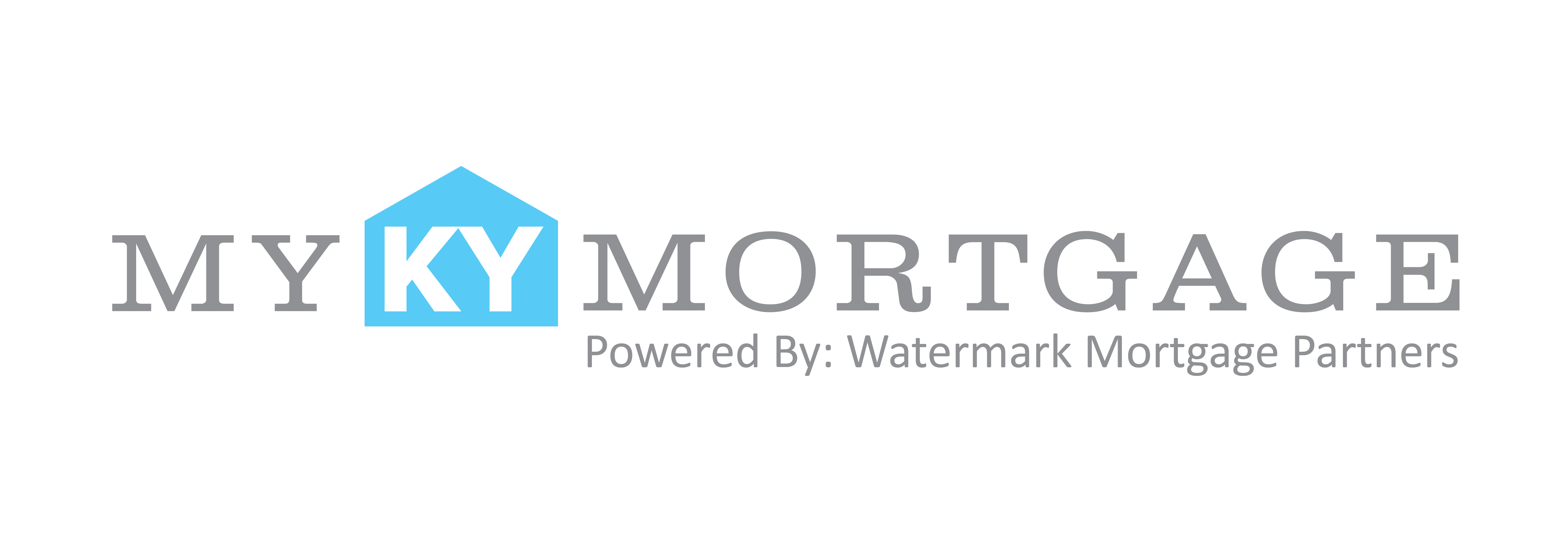Thinking about refinancing your mortgage? If so, you probably are hoping to find the lowest interest rates. Before you begin shopping around, however, experts suggest establishing your intentions and preparing your finances to improve your chances of qualifying. Here, 10 steps from HSH.com that can help lock in the lowest refinance rate possible.
1. Raise your credit score
Most lenders require a minimum credit score of 620 to 640, but you’ll pay a heftier mortgage rate for conventional loans unless your score is 740 or higher. However, some portfolio lenders set their own guidelines.
2. Lower your debt
Paying bills on time and paying down your credit card balances can reduce your debt-to-income ratio, which improves your chances of qualifying for a low mortgage rate. A good rule of thumb is to make sure your debt-to-income ratio is no more than 36 percent, and even lower is better.
3. Increase your home equity
Your credit scores and the loan-to-value ratio of your property could have a larger impact on your refinance rate than a small shift in average mortgage rates, with both a lower-than-average credit score and a high loan-to-value often leading to a more expensive rate. If you are underwater on your mortgage, a Home Affordable Refinance Program loan may be your best option.
4. Organize your financial documentation
Obtain your credit reports from all three bureaus to make sure there are no mistakes that need correcting before you apply for a refinance. A refinance application typically requires two years of tax returns with W2s, two recent pay stubs, and your two most recent bank and investment statements. Gather these materials ahead of time to expedite the loan process and to prevent paying extra for an extension of your rate lock.
5. Save cash for closing costs
Closing costs—which average about 2 percent of the loan amount—can be paid using cash or rolled into your new loan if you have enough equity. Some lenders also will offer to pay a higher interest rate for a lender credit to cover those costs.
6. Start online
Use an online refinance calculator to estimate your monthly payments at various loan terms. A shorter term loan will have a lower interest rate than a 30-year fixed-rate loan, but the payment will be higher because you’re paying it off quicker. Decide what payment you’re comfortable making before you see a lender, because that payment could be much less than the payment for which you qualify.
7. Decide on a loan term
Be sure that the loan term you choose meshes with your other financial obligations and plans. If you have $30,000 in credit card debt and no savings for college, you might want to consider a 30-year loan to keep the payments as low as possible. Choosing a shorter term will help you build equity faster, while a longer will enable you to keep your tax deduction as long as possible.
8. Review all your loan options
Lenders will discuss various loan products when you interview them. There is a broad range of conventional financing, government-backed programs such as FHA loans and special refinancing programs through the Making Home Affordable program. A good lender can present the pros and cons of each of these programs in the context of your individual finances.
9. Decide how you will finance your refinance
You’ll also need to decide how to pay for your refinance. Closing costs and lender fees can be paid at closing, wrapped into your loan balance or you can opt for a no-cost refinance. A no-cost refinance means that your lender will pay the fees and you’ll pay a slightly higher interest rate of one-eighth to one-fourth percent.
10. Know when to lock-in your rate
Once you’ve finalized your loan decision, consider asking your lender about when to lock-in your rate. Processing times for different lenders can range from 30 to more than 90 days. Lenders typically will do a 30- or 45-day rate lock, so you should be consulting with your lender to determine the appropriate day to lock in your loan.



